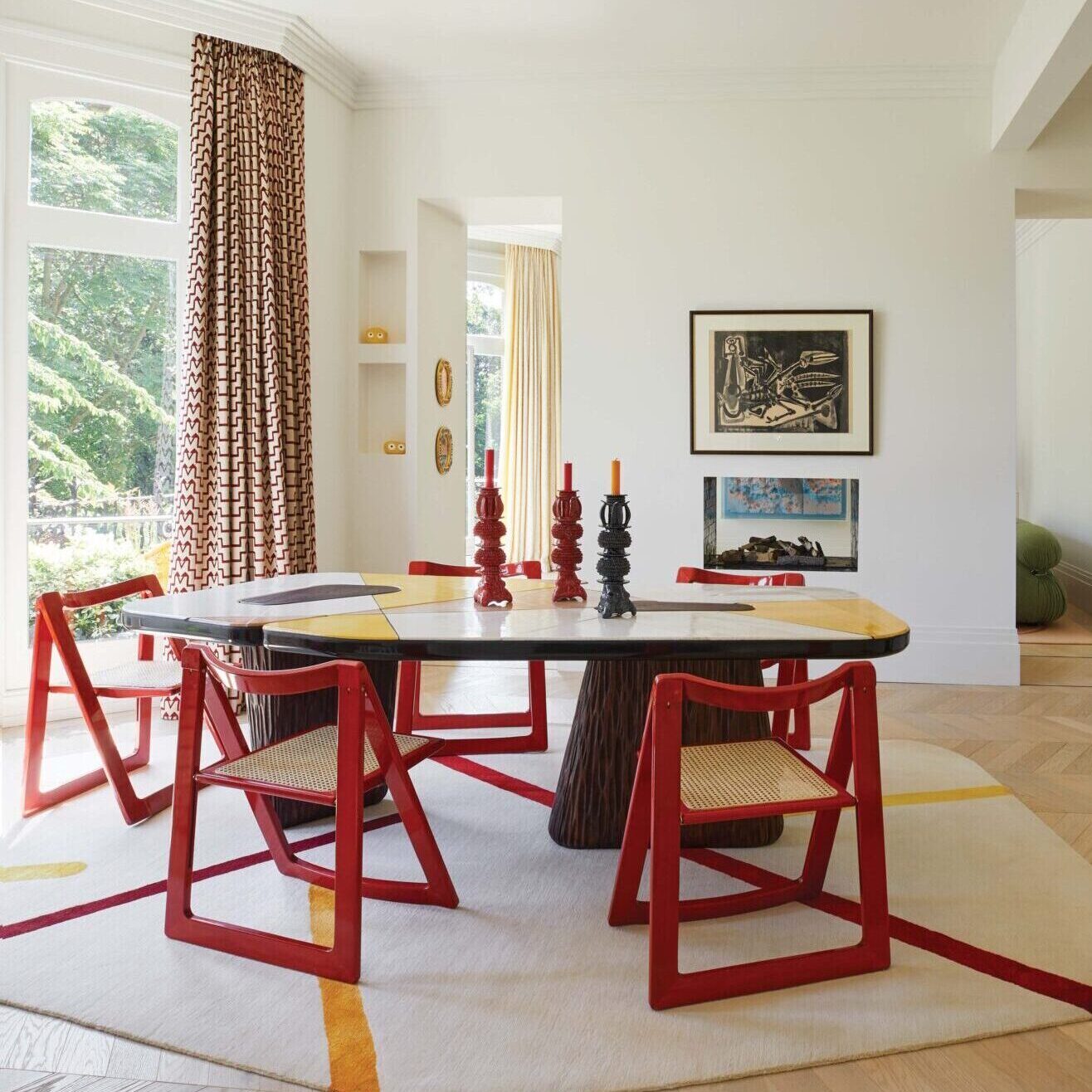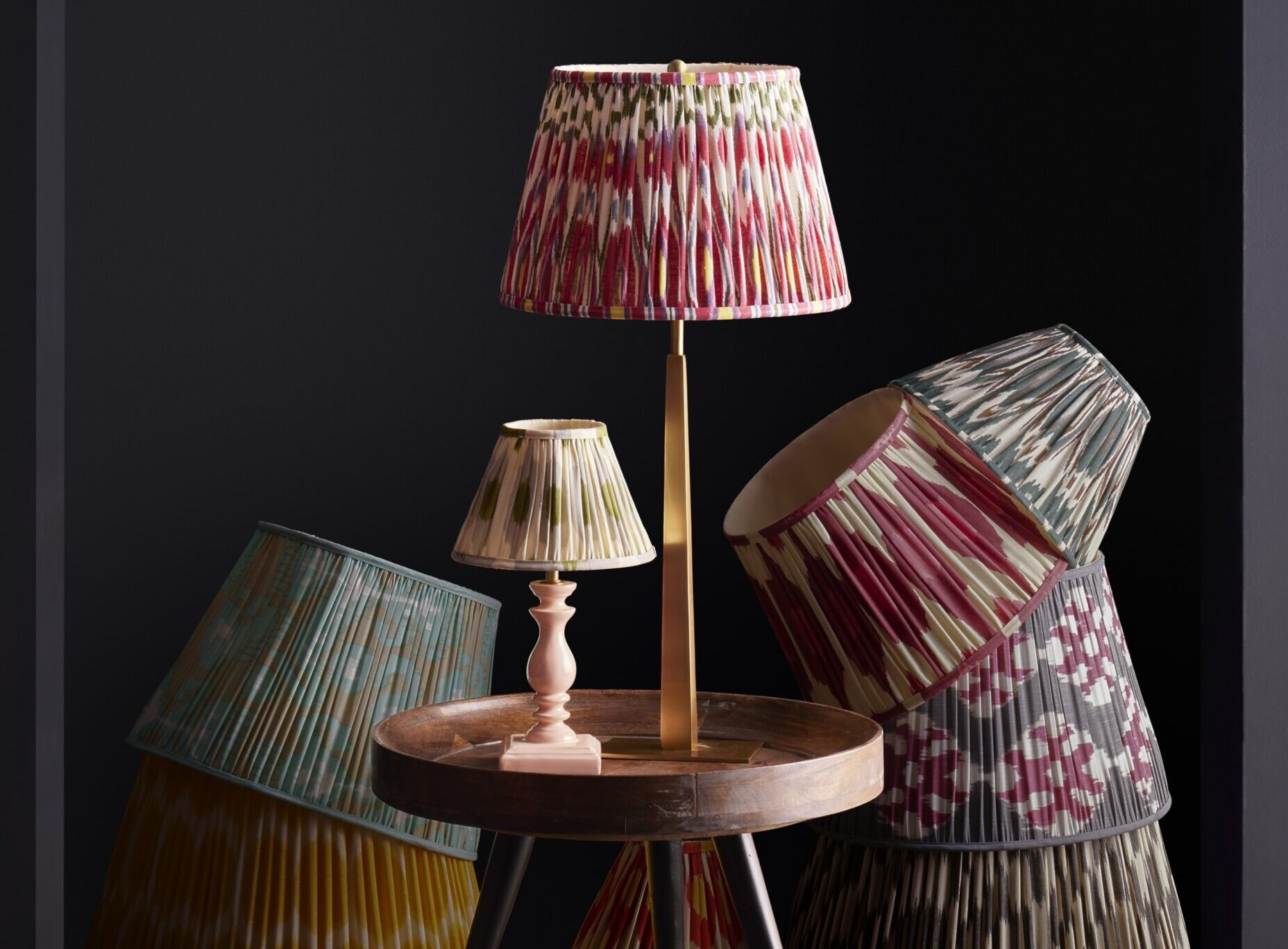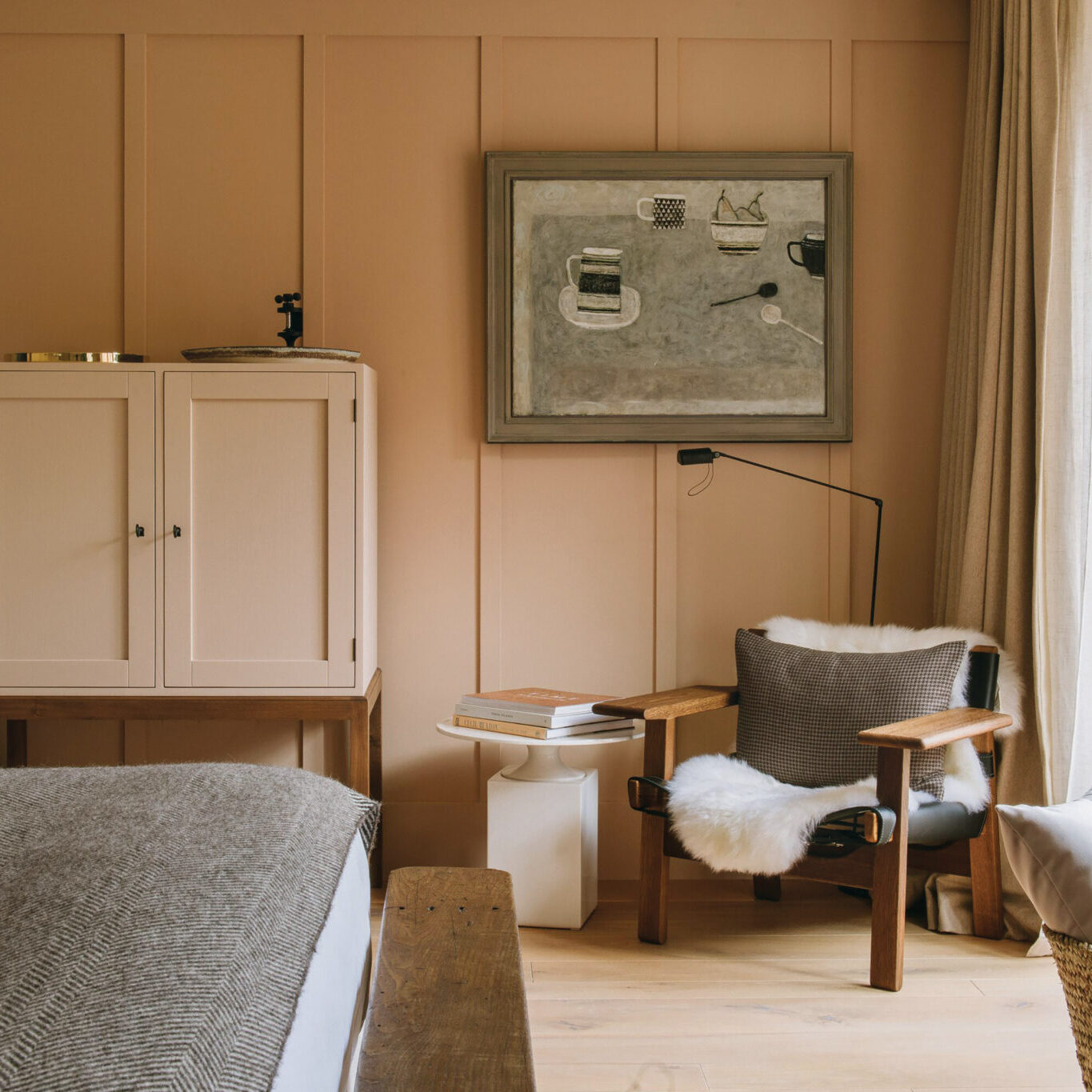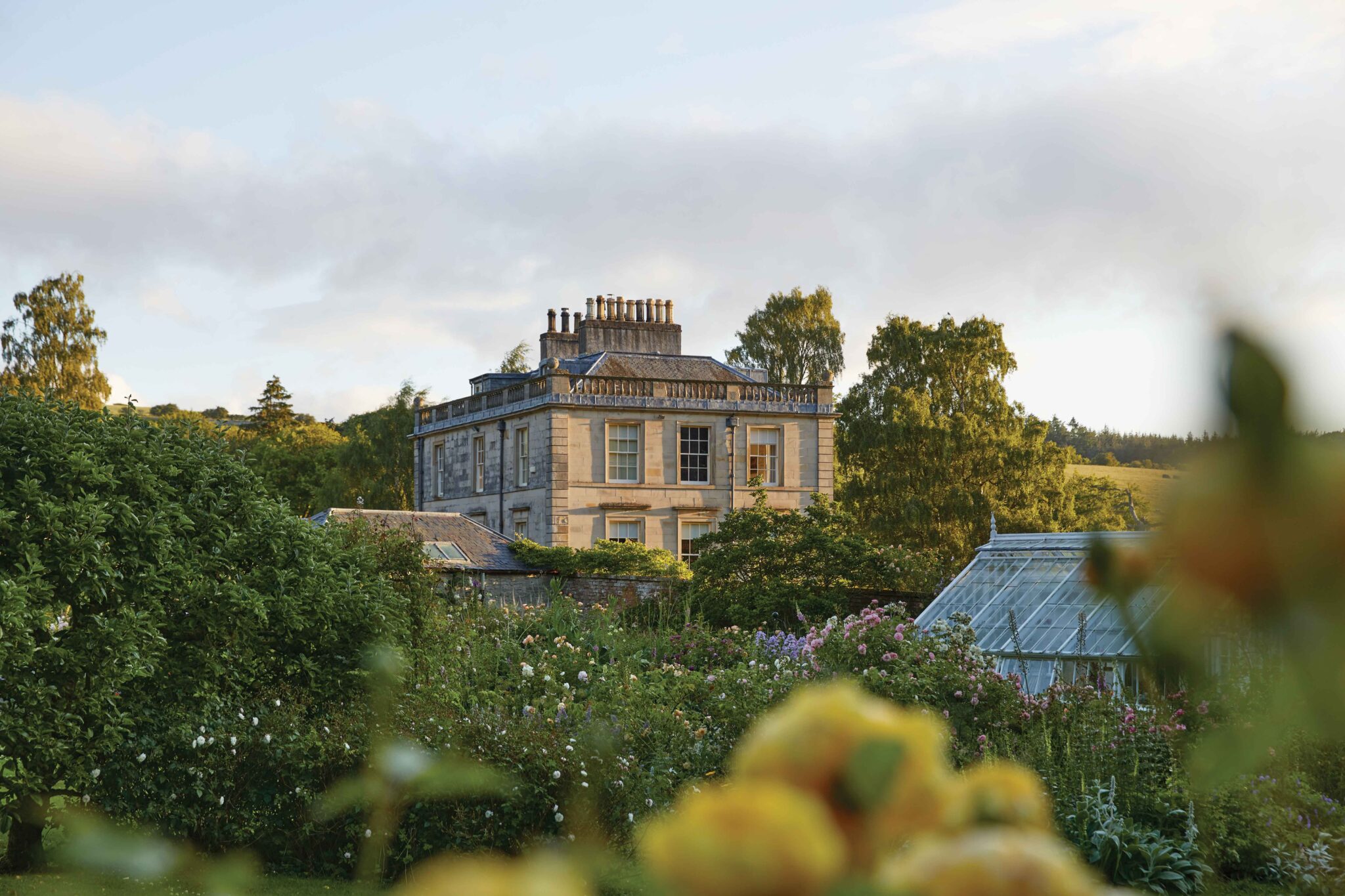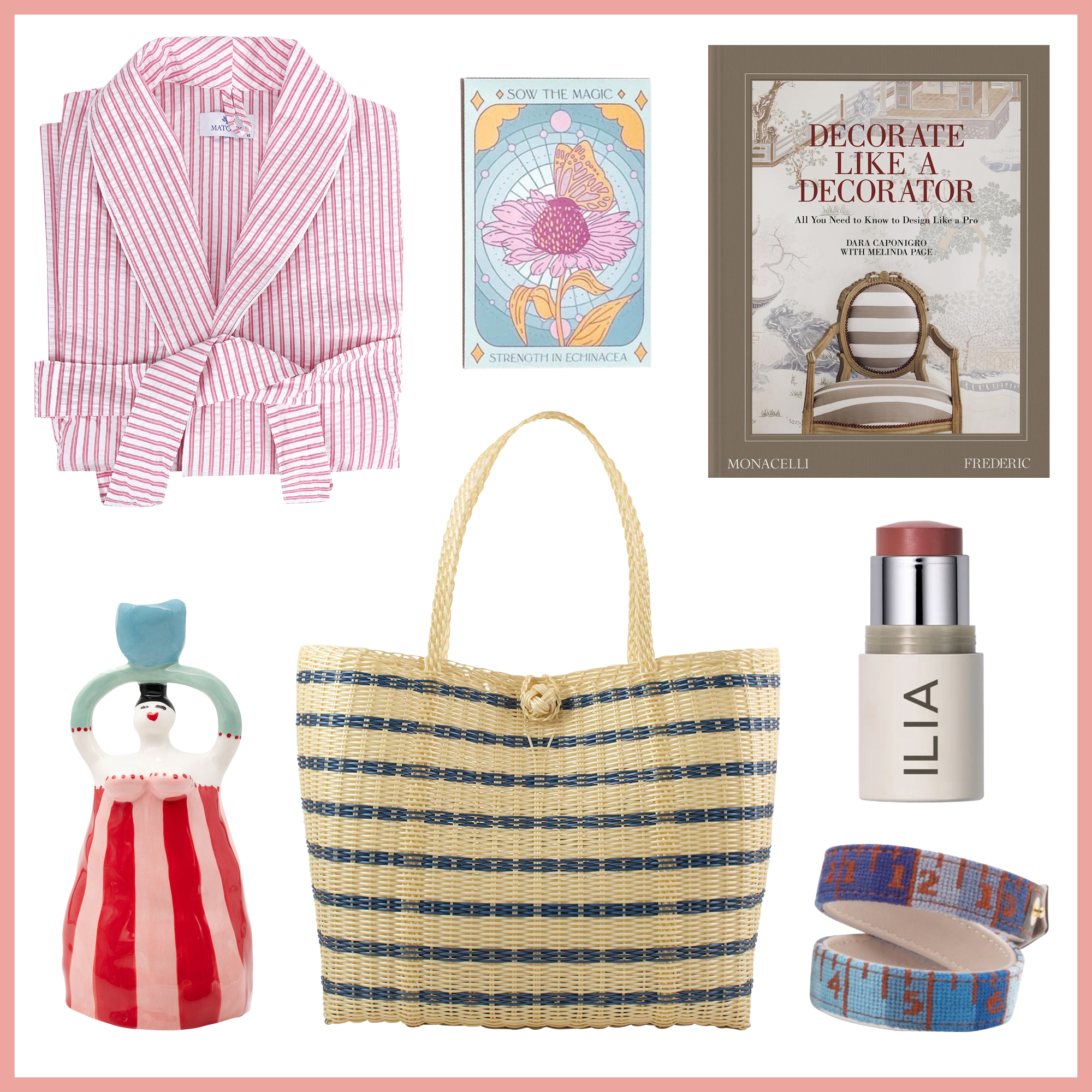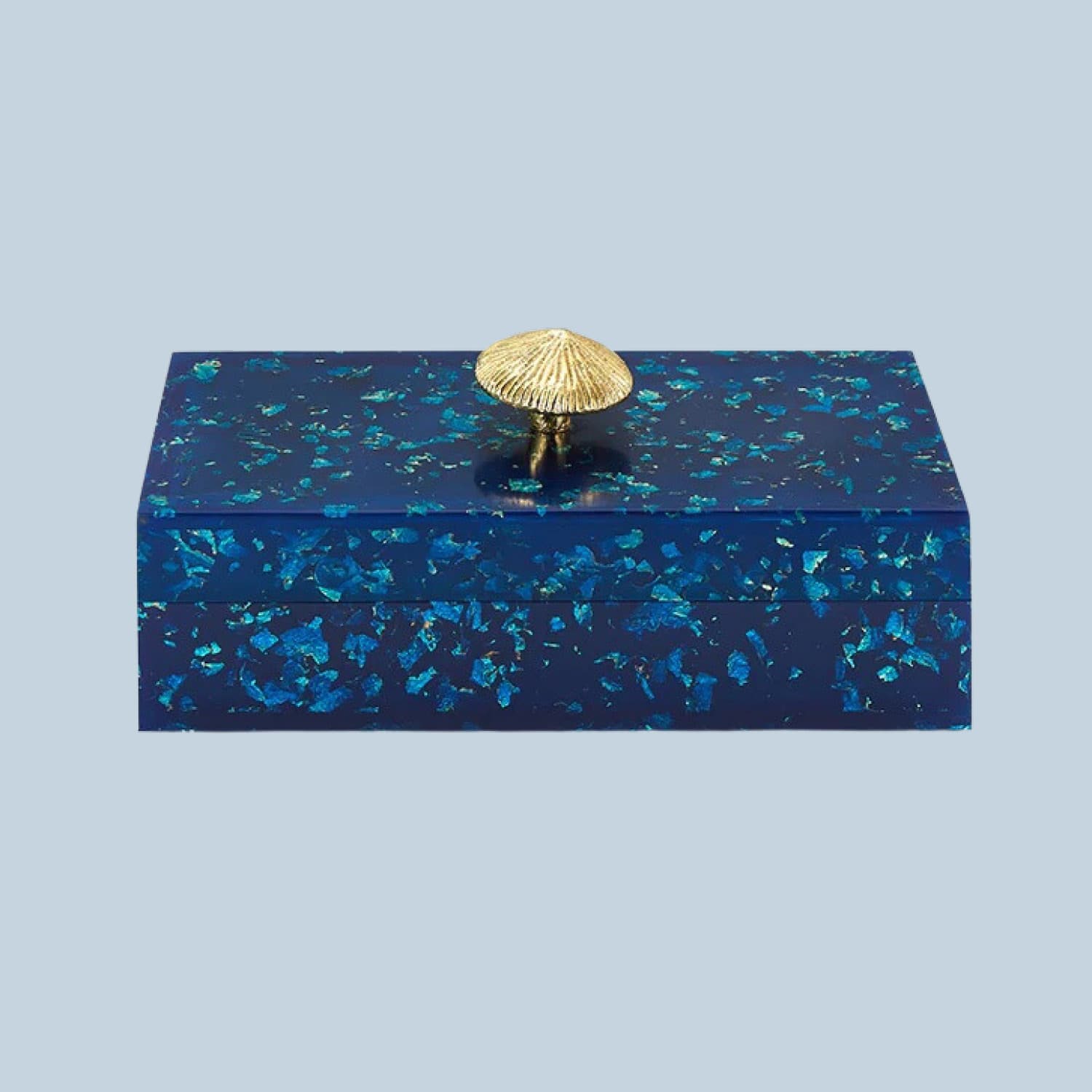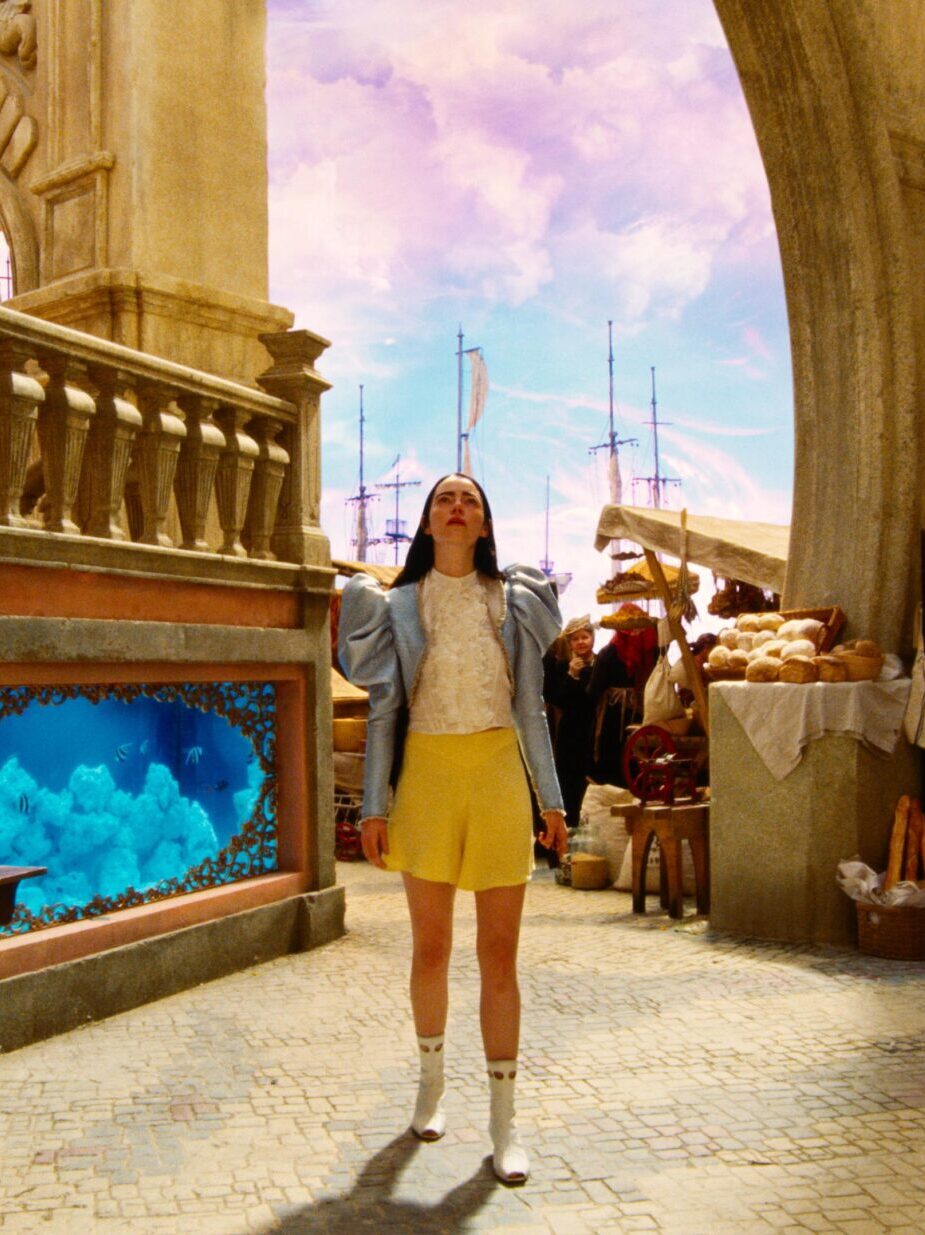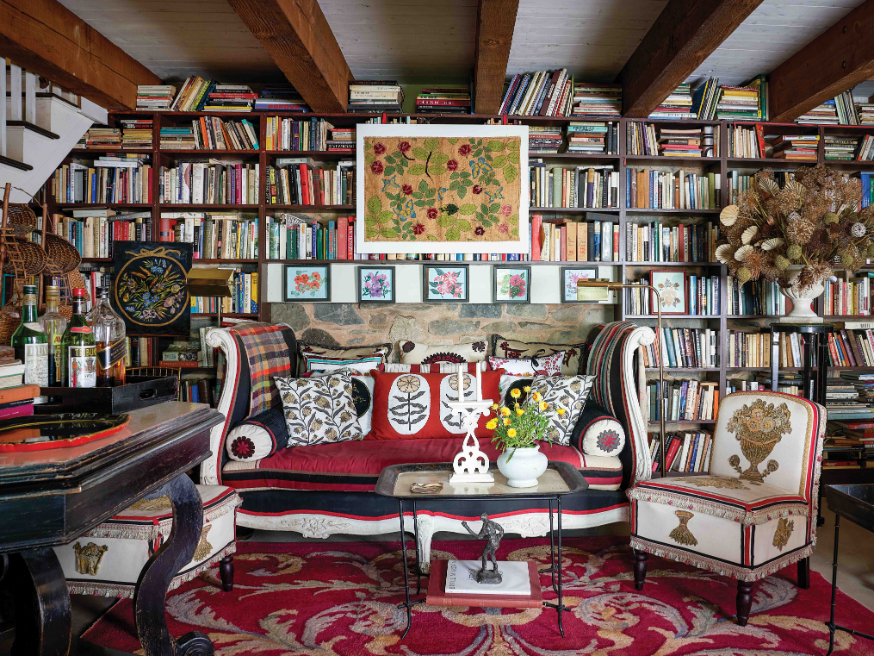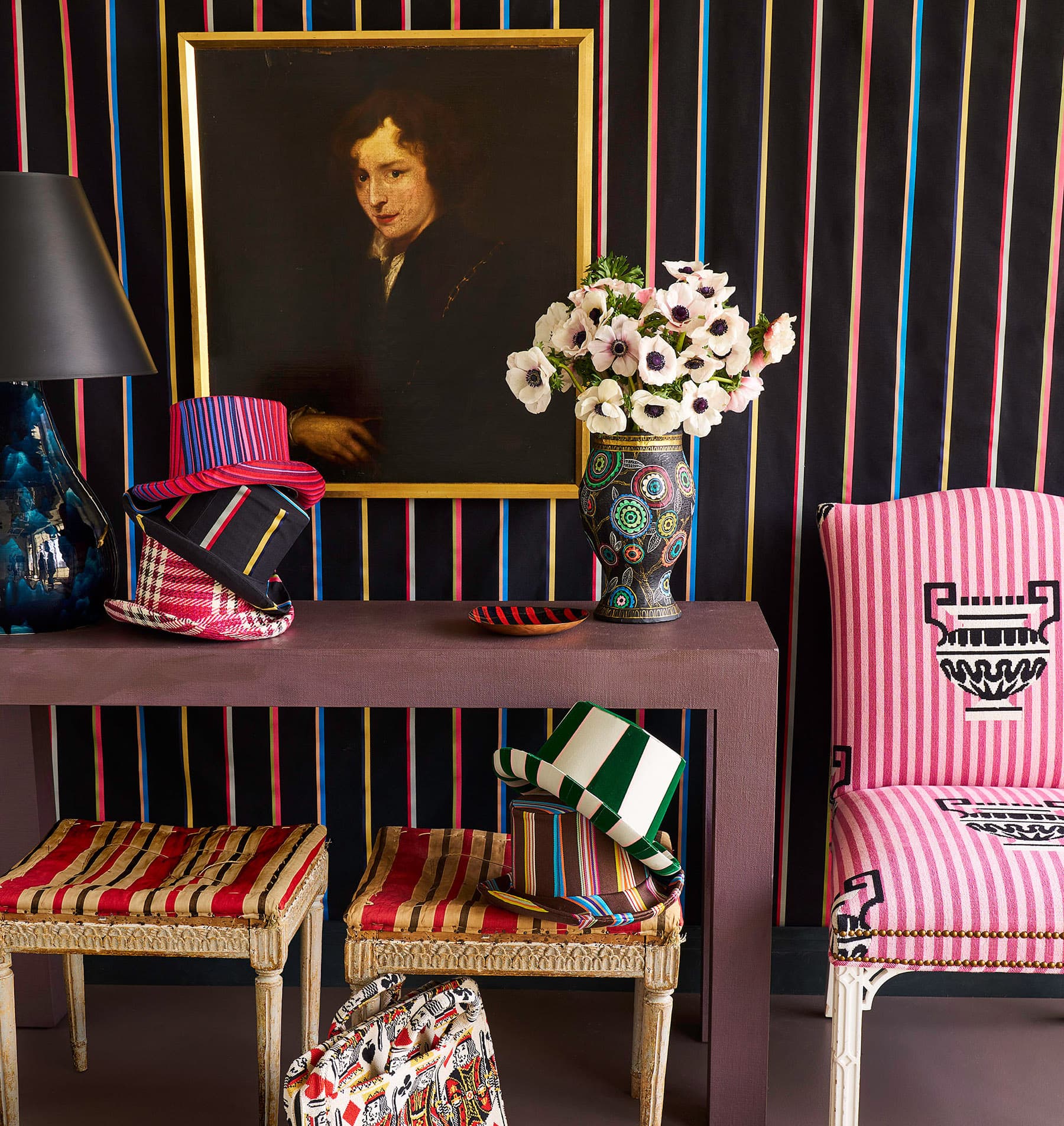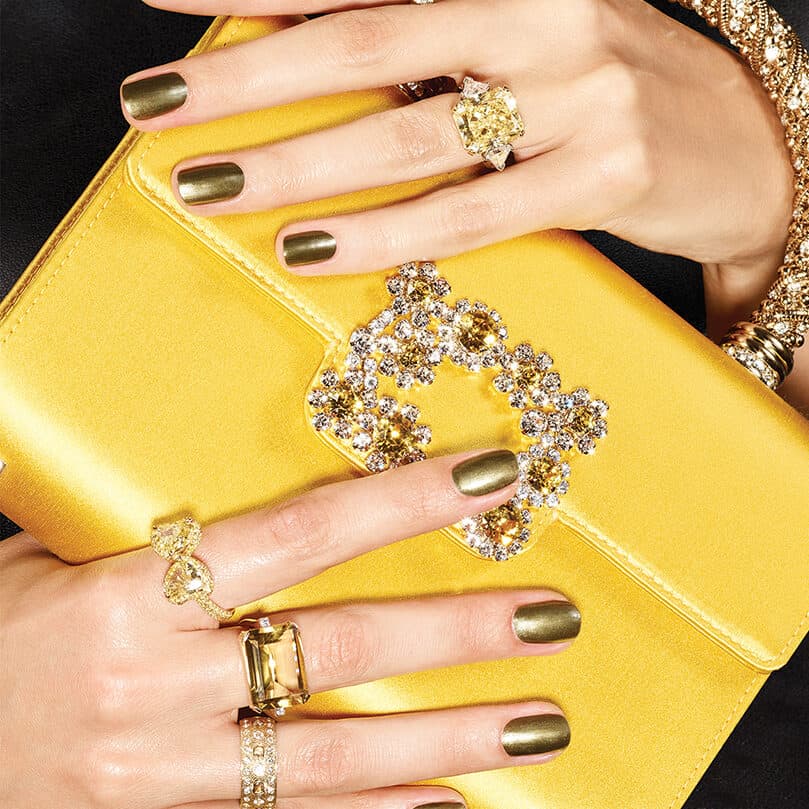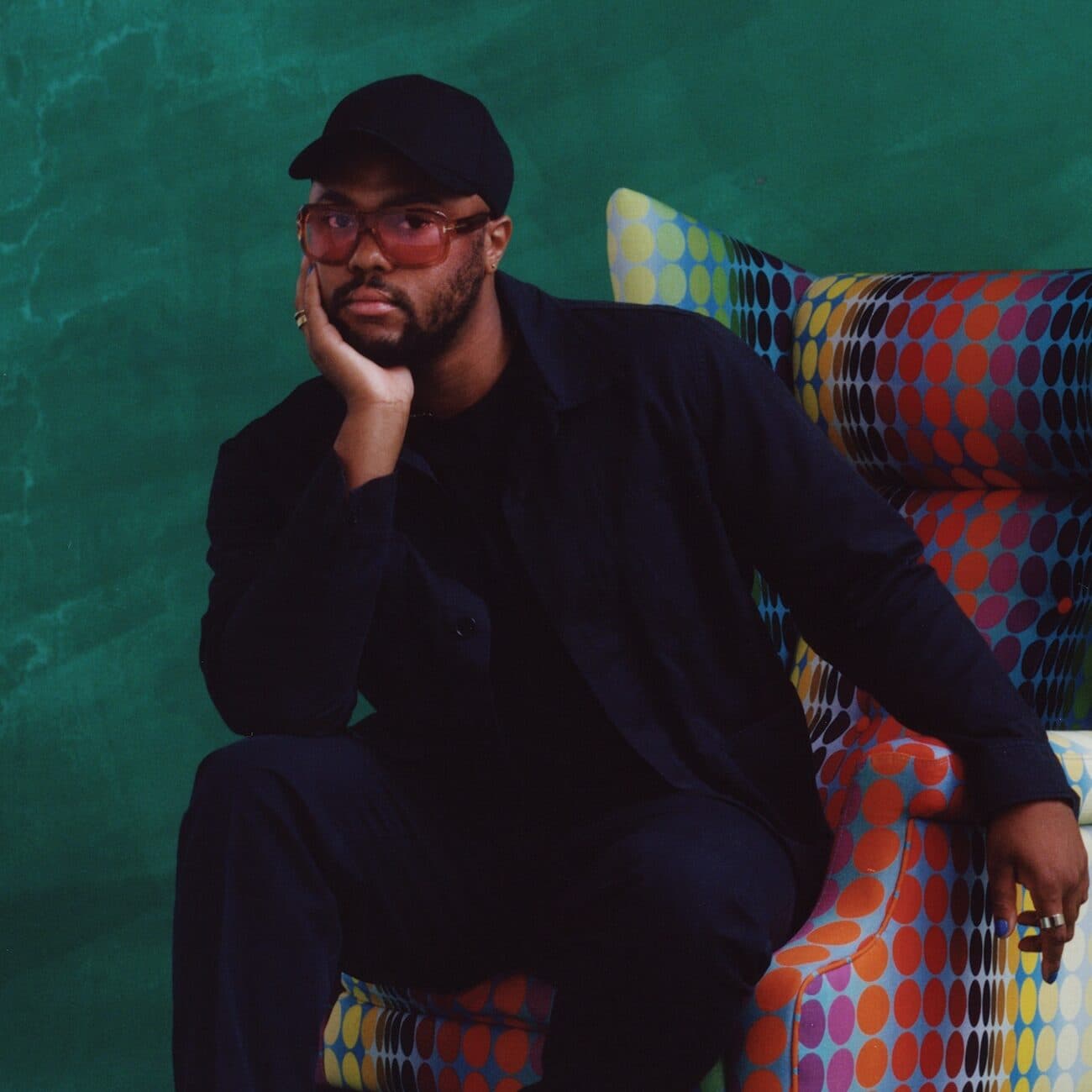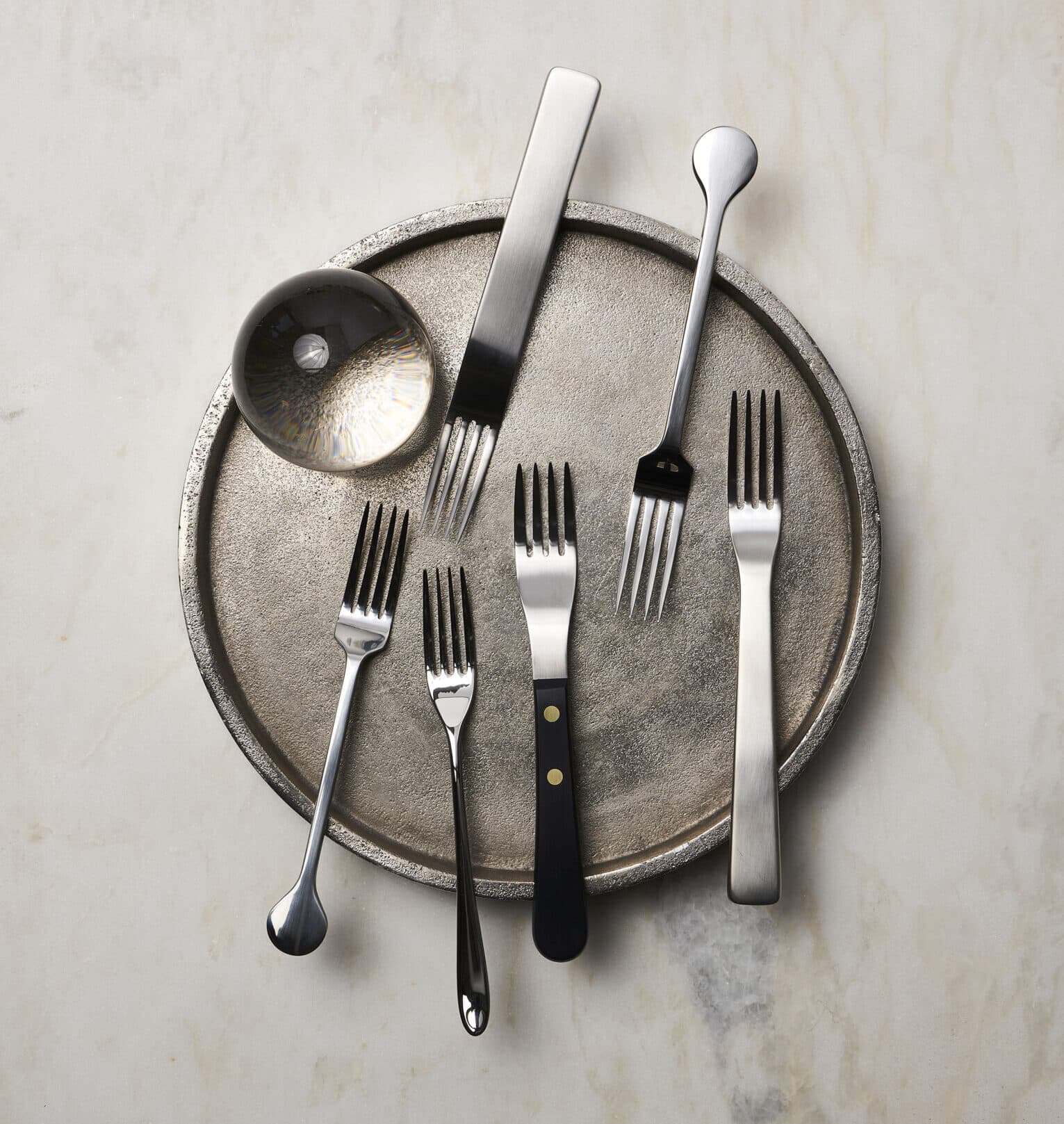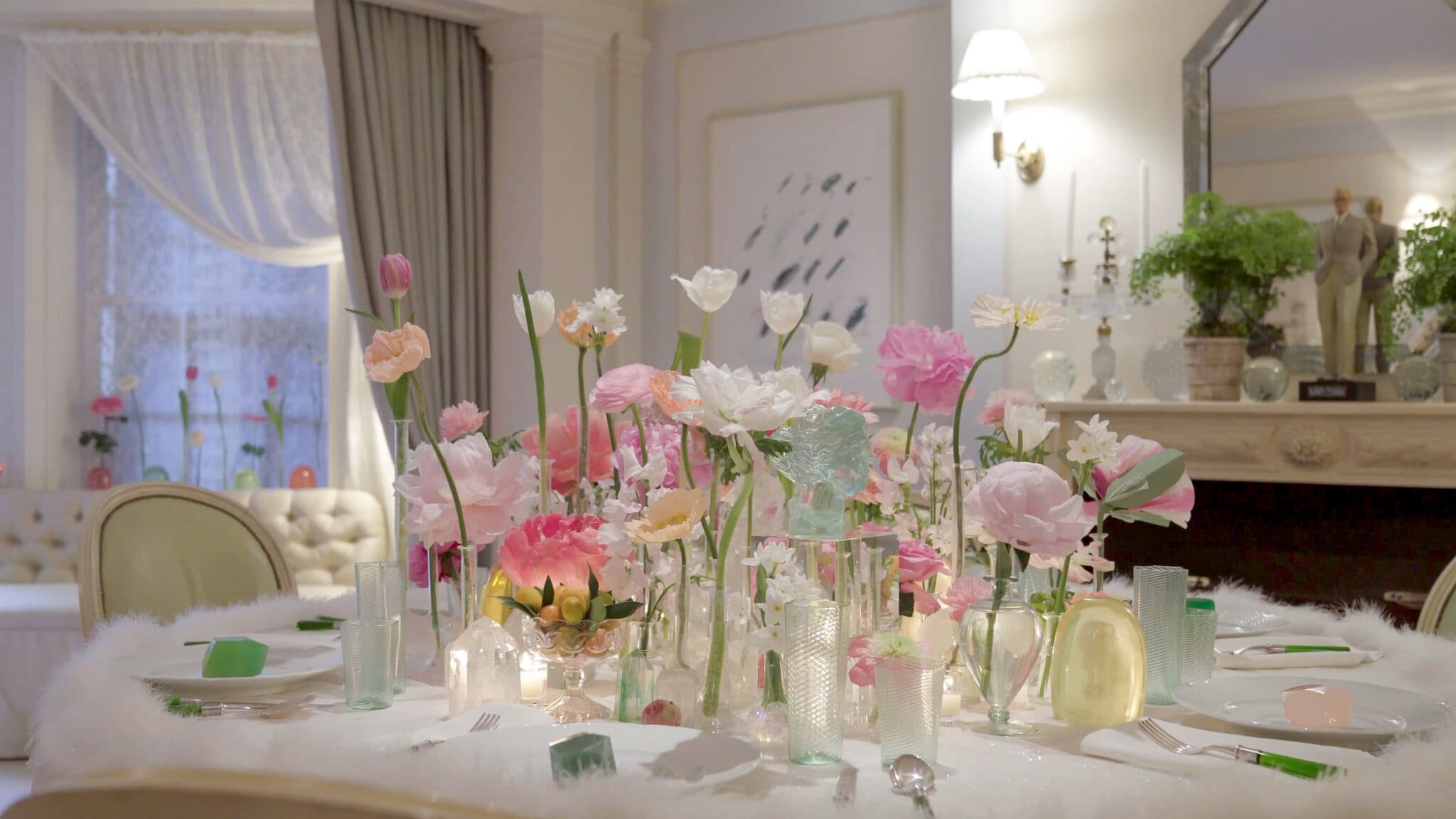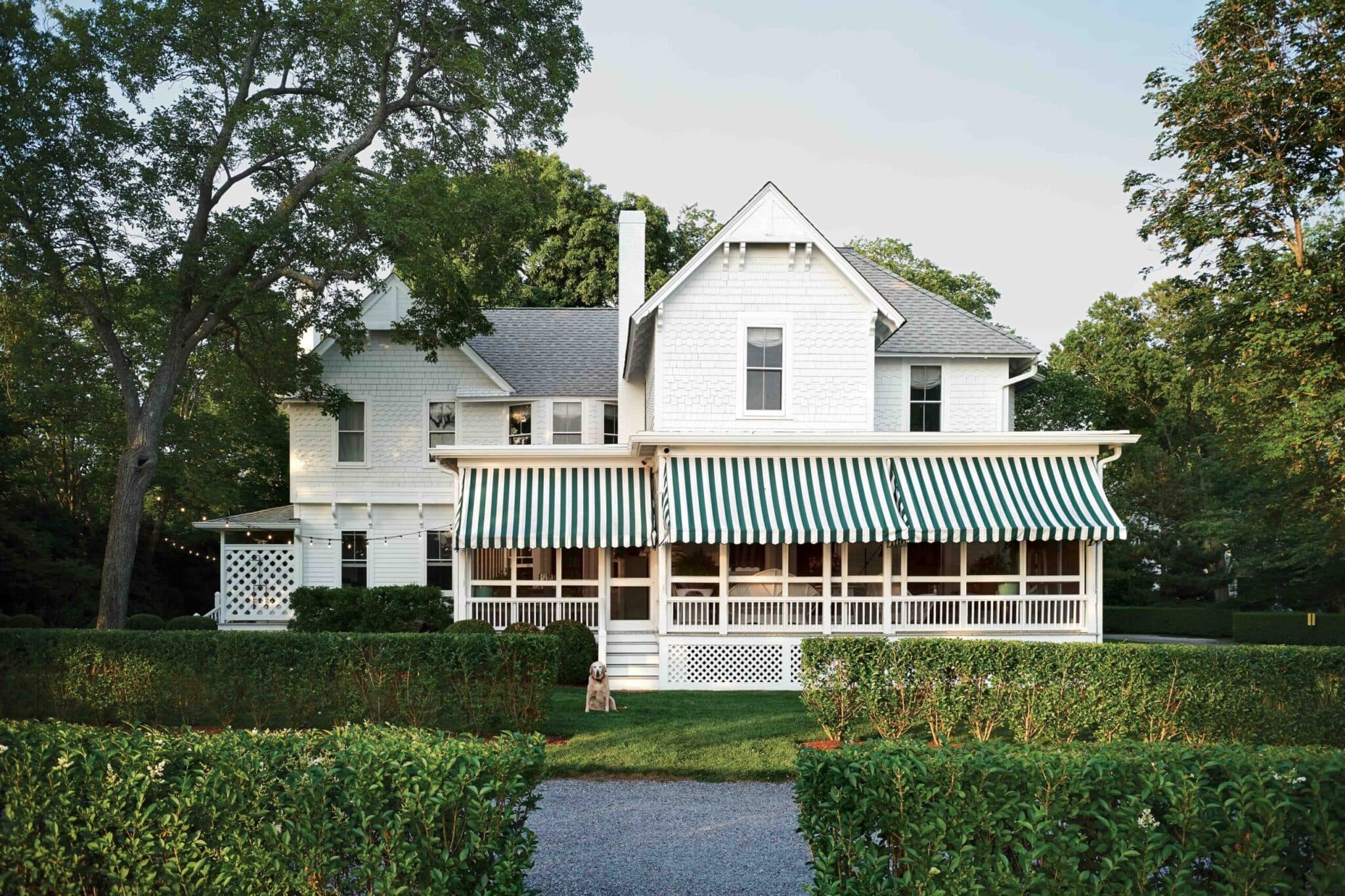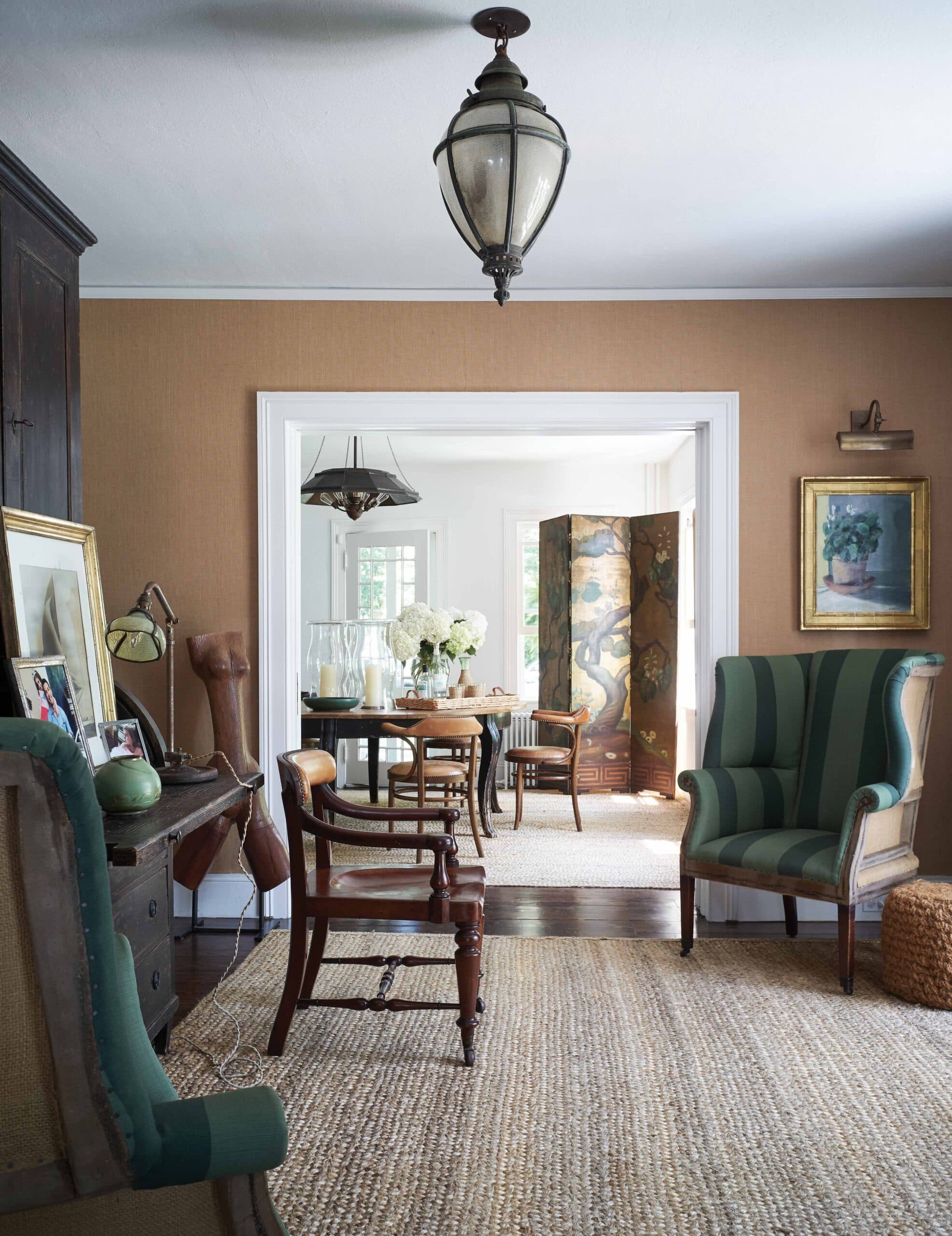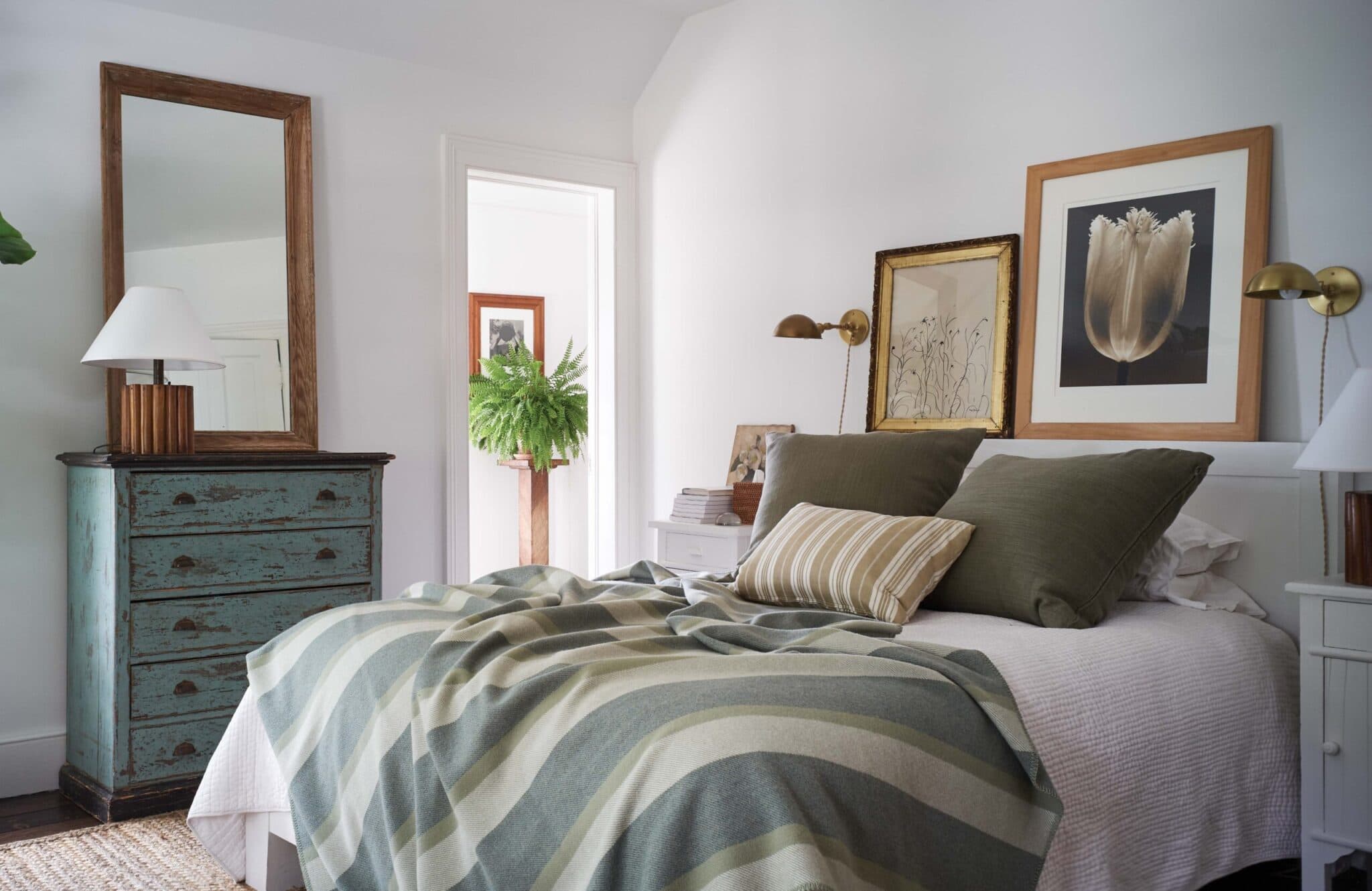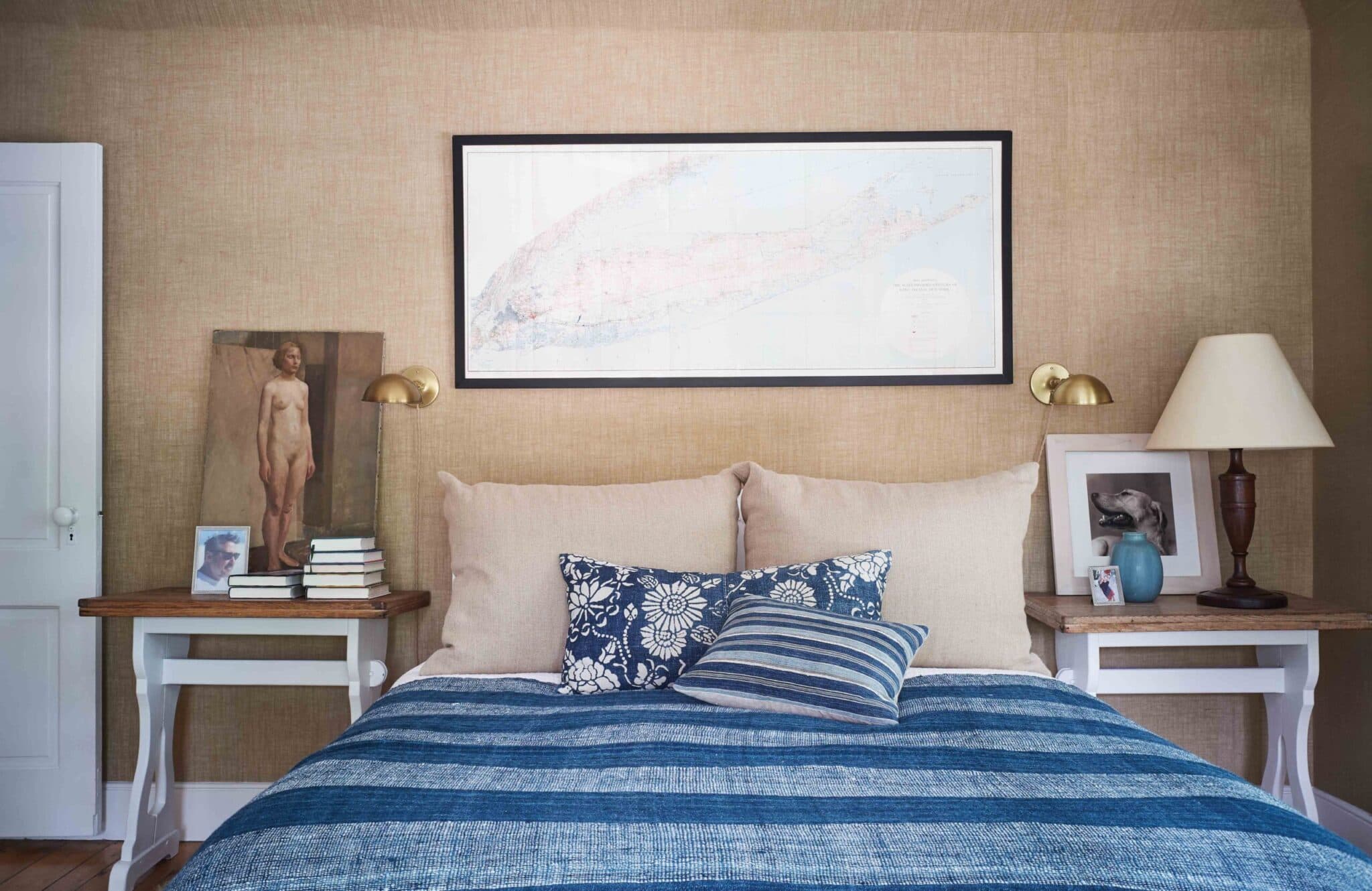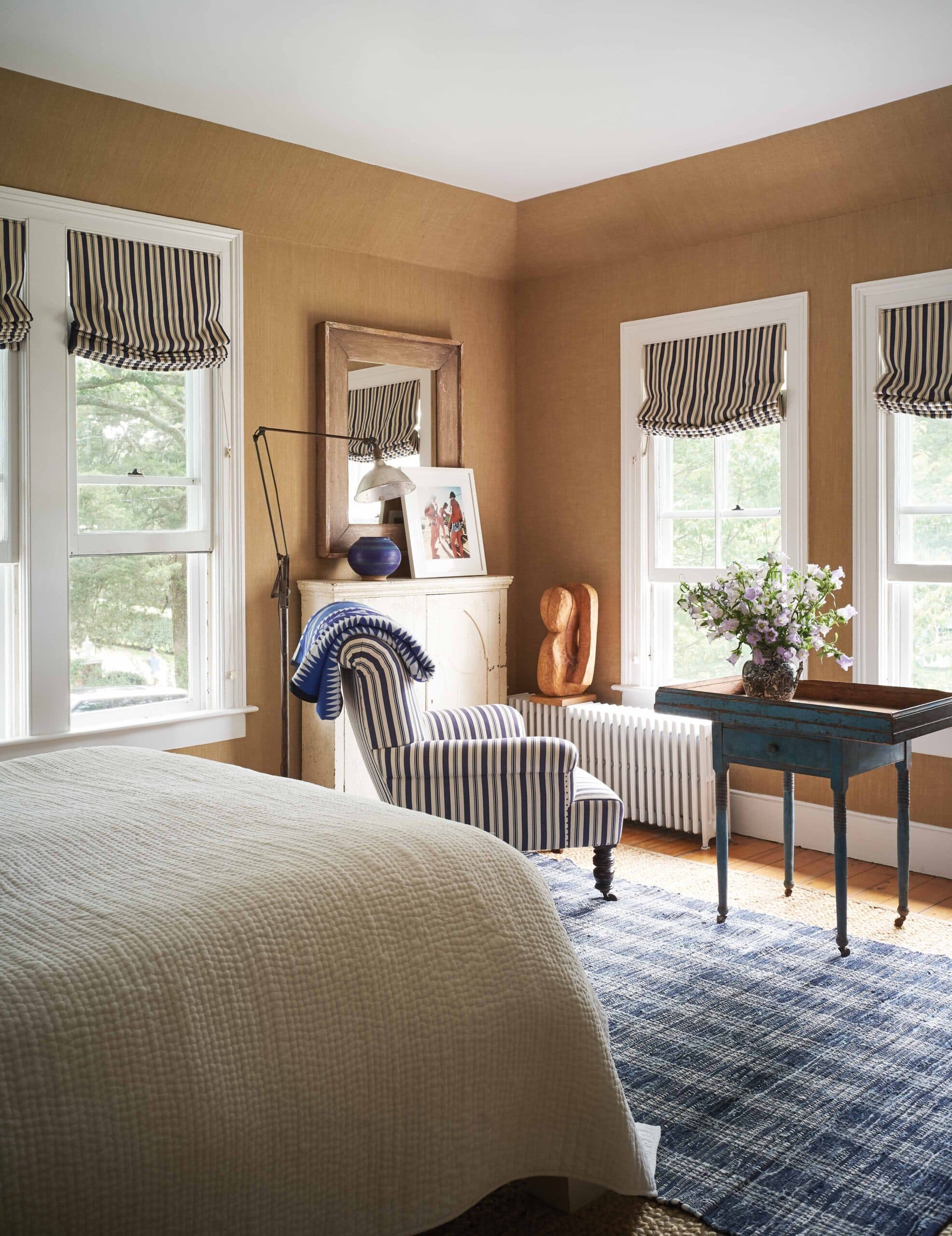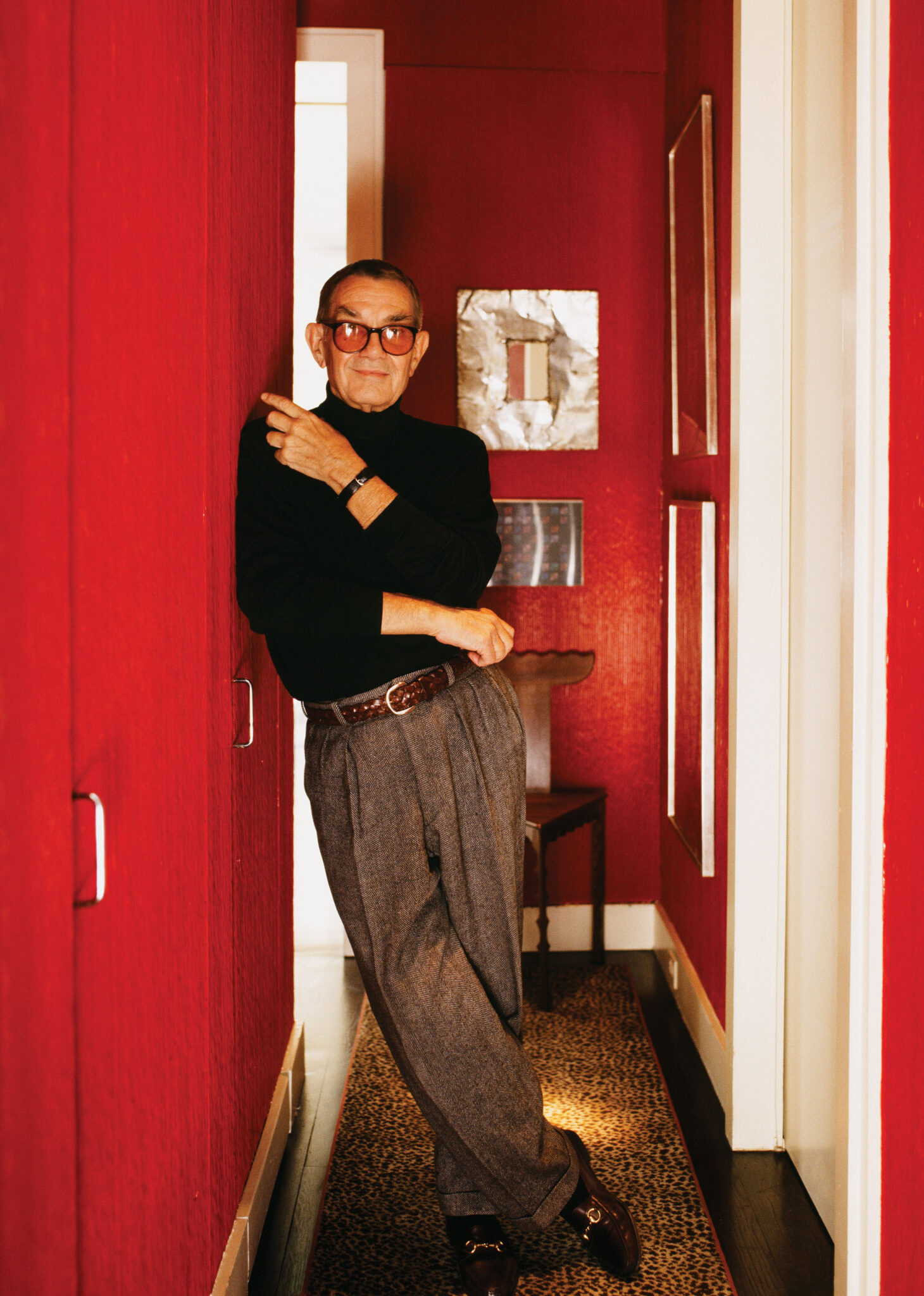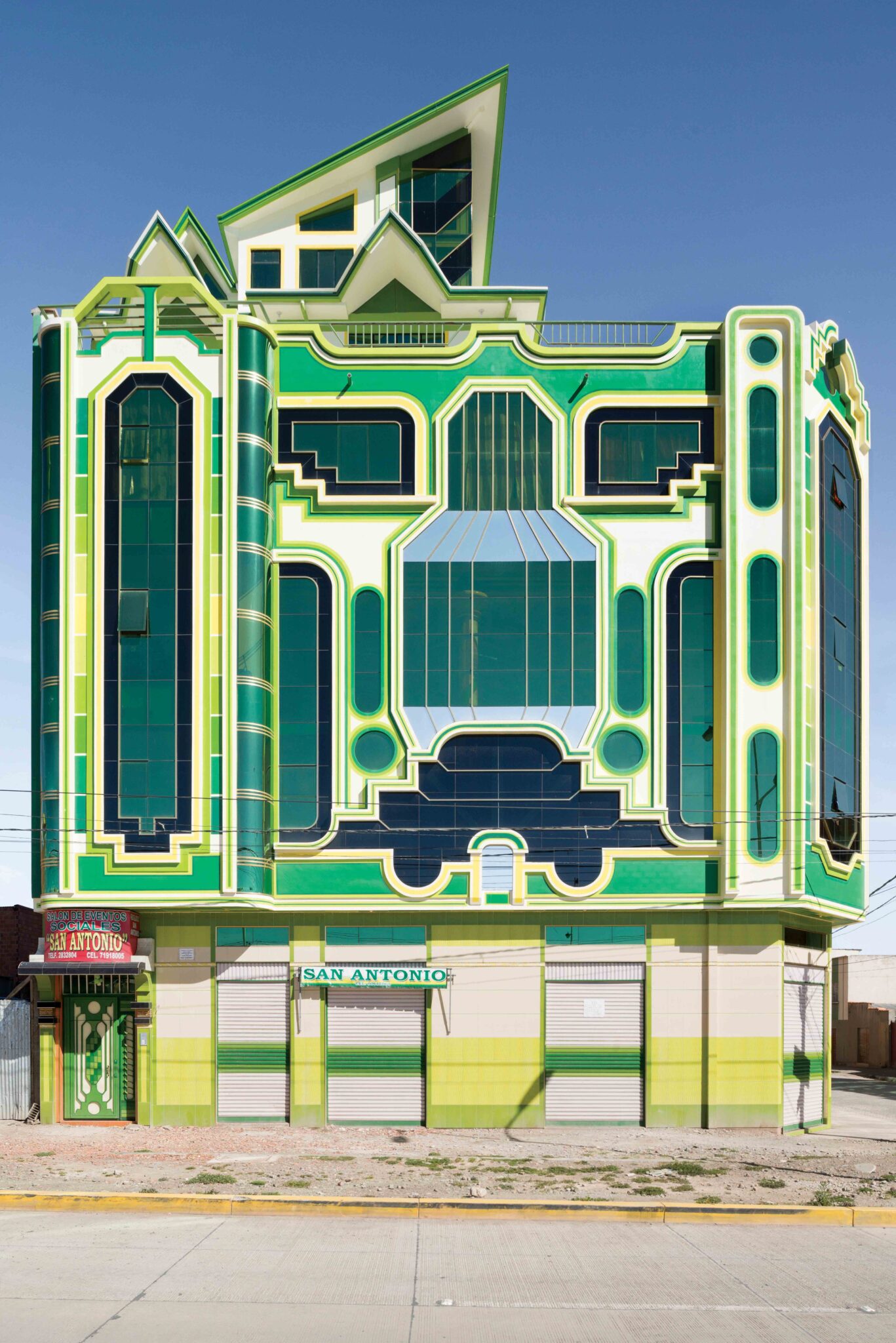Catchy pop-song hooks aside, a buzzing summer in the Hamptons is not everyone’s cup of Domaines Ott. “We had a place in East Hampton that we loved,” says designer Alfredo Paredes of the house in that locus of sand, surf—and these days, flashy social scenes—that he bought in 1998 and shared with husband Brad Goldfarb. “But what was once an easy place to go out to dinner or the hardware store turned into something else.” Paredes, an interior designer and former chief creative retail officer for Ralph Lauren Home—he was the eye behind the brand’s stores, restaurants, and the occasional Lauren residence—craved something low-key in his off hours. So after 15 years, he and Goldfarb set out in search of something quieter—and found it in a charming Victorian perched on Dering Harbor on the much more laid-back Shelter Island.
-
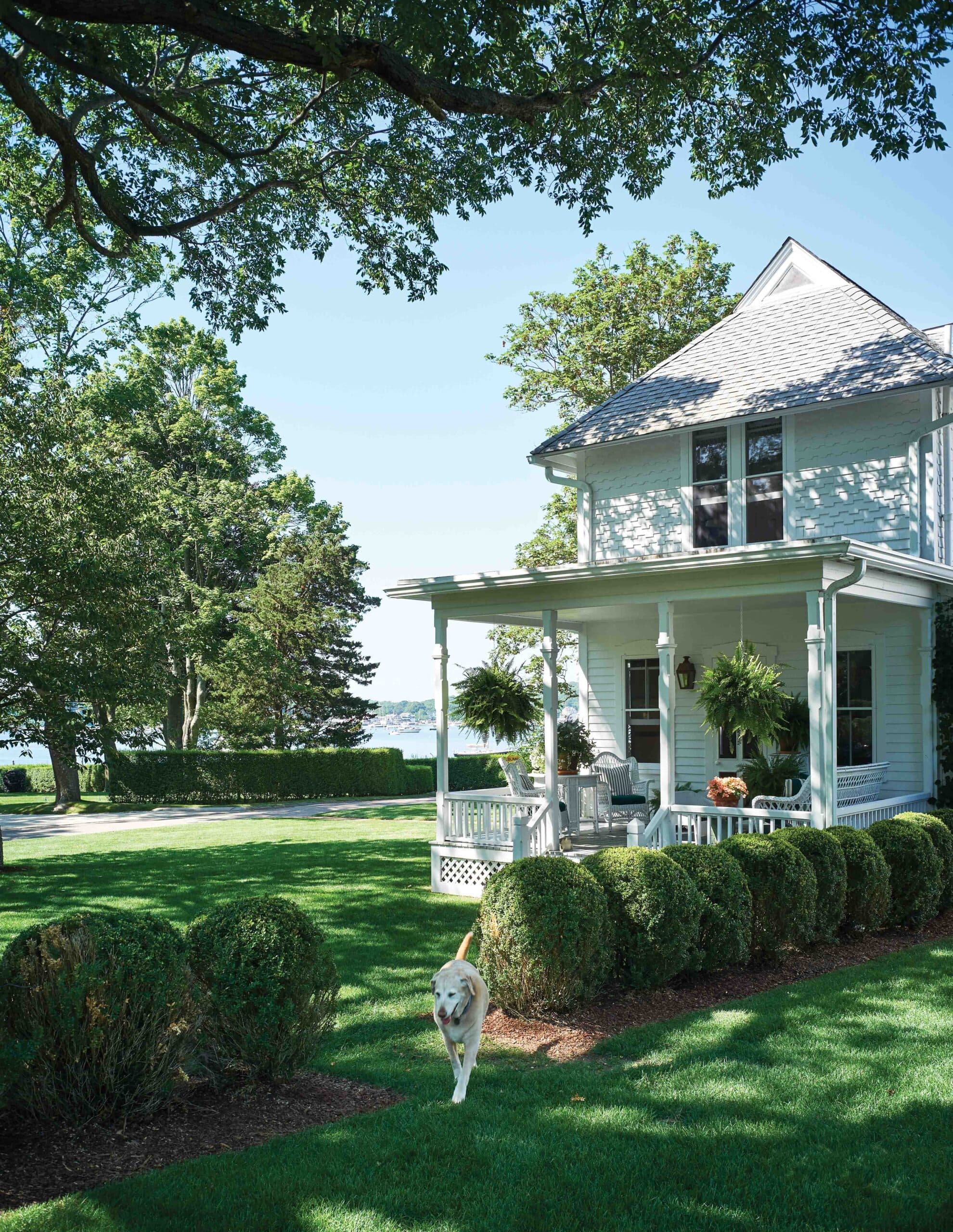
Designer Alfredo Paredes’s residence on Shelter Island, once part of a grand Victorian resort called the Manhanset House, was built as a guest cottage in 1870 and later expanded. He and husband Brian Goldfarb purchased the house in 2013 and now summer there with their two children (and the family dog, Lily).
BJÖRN WALLANDER -
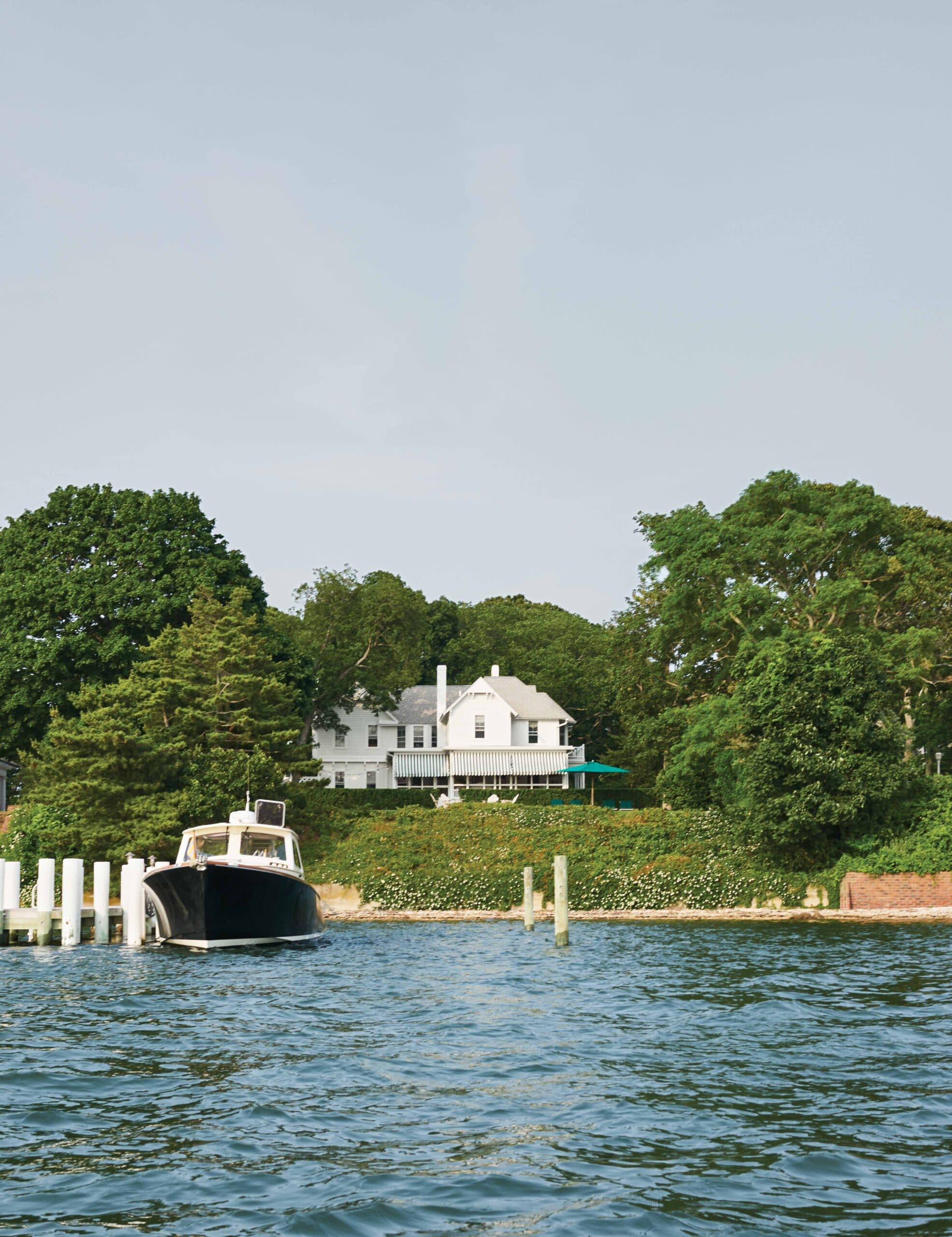
The property fronts Gardiners Bay; Paredes added a dock to accommodate a boat. The awnings are made from a striped Sunbrella canvas.
BJÖRN WALLANDER
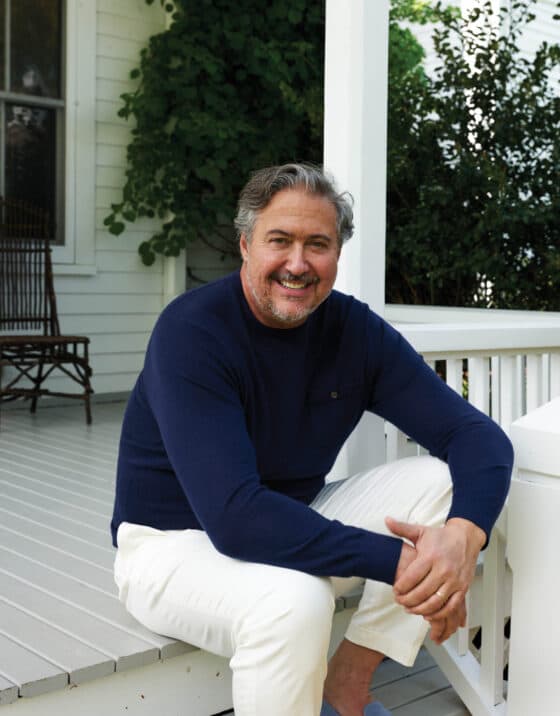
“Shelter is like a John Irving novel,” says Paredes, “the land that time forgot.” Unfortunately, time had also forgotten the circa-1870 cottage that he and Goldfarb fell in love with. “It was missing a front porch and looked like a house without a nose. The landscape was so overgrown you couldn’t see out the windows,” he recalls. “I remember thinking, ‘Oh we’ll just do a World of Interiors vibe where I don’t care that it’s dilapidated.’ But once I pulled the string on the sweater, it just kept going—everything had to be redone.”
But if 33 years at the nexus of the world’s preeminent authority on visual Americana had taught him anything, it was how to recognize the real deal when he saw it. “The beauty of that house was its history,” he says. “I fought the urge to scheme everything. I wanted to make her pretty, but I wanted her to evolve. It took me a minute to figure out what we could and couldn’t live with and what the remedy was.”
-
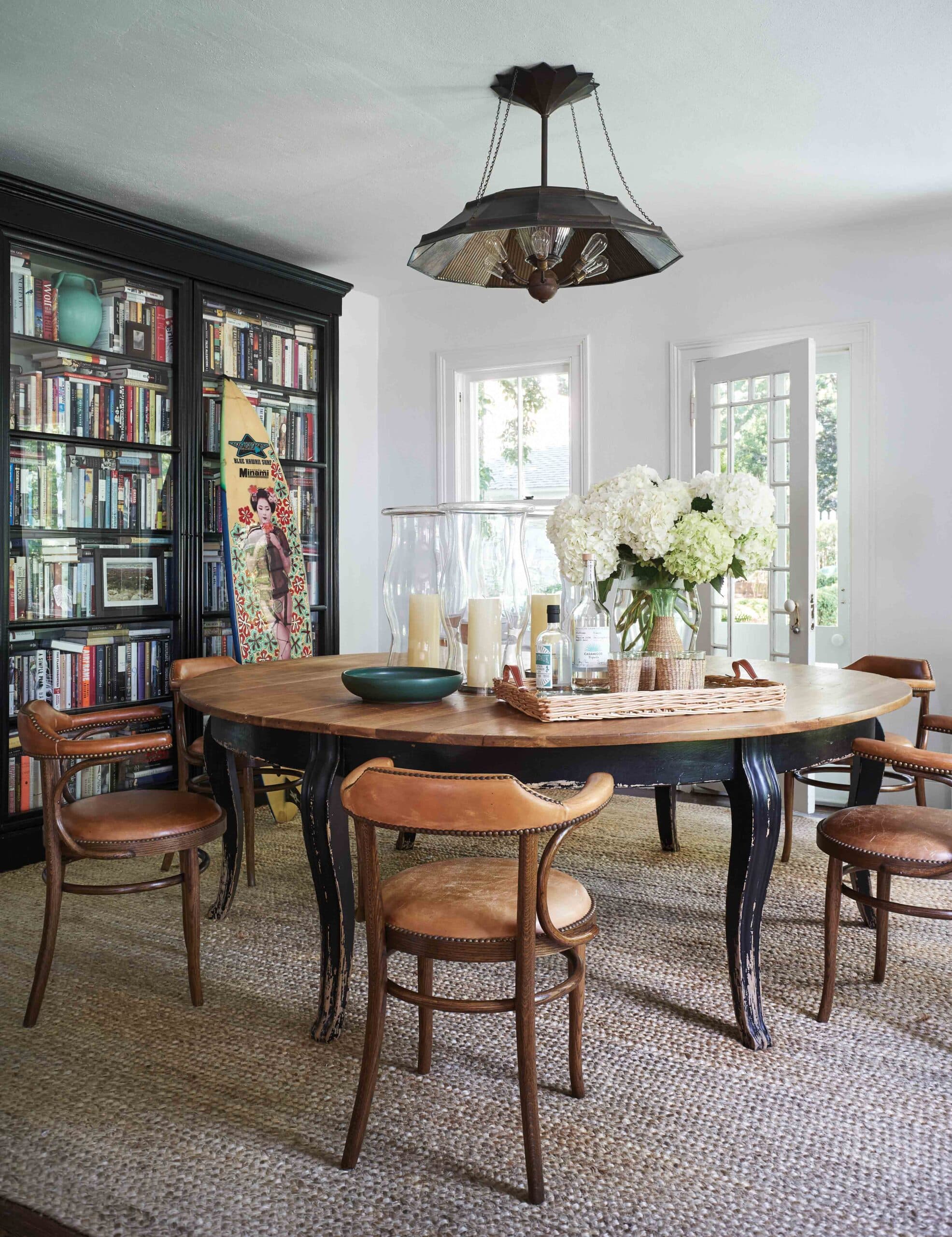
In the dining area, a decoupage surfboard enlivens a vintage Ralph Lauren Home table and custom leather-covered chairs. The bookcase is painted in Pitch Black by Farrow & Ball.
BJÖRN WALLANDER -
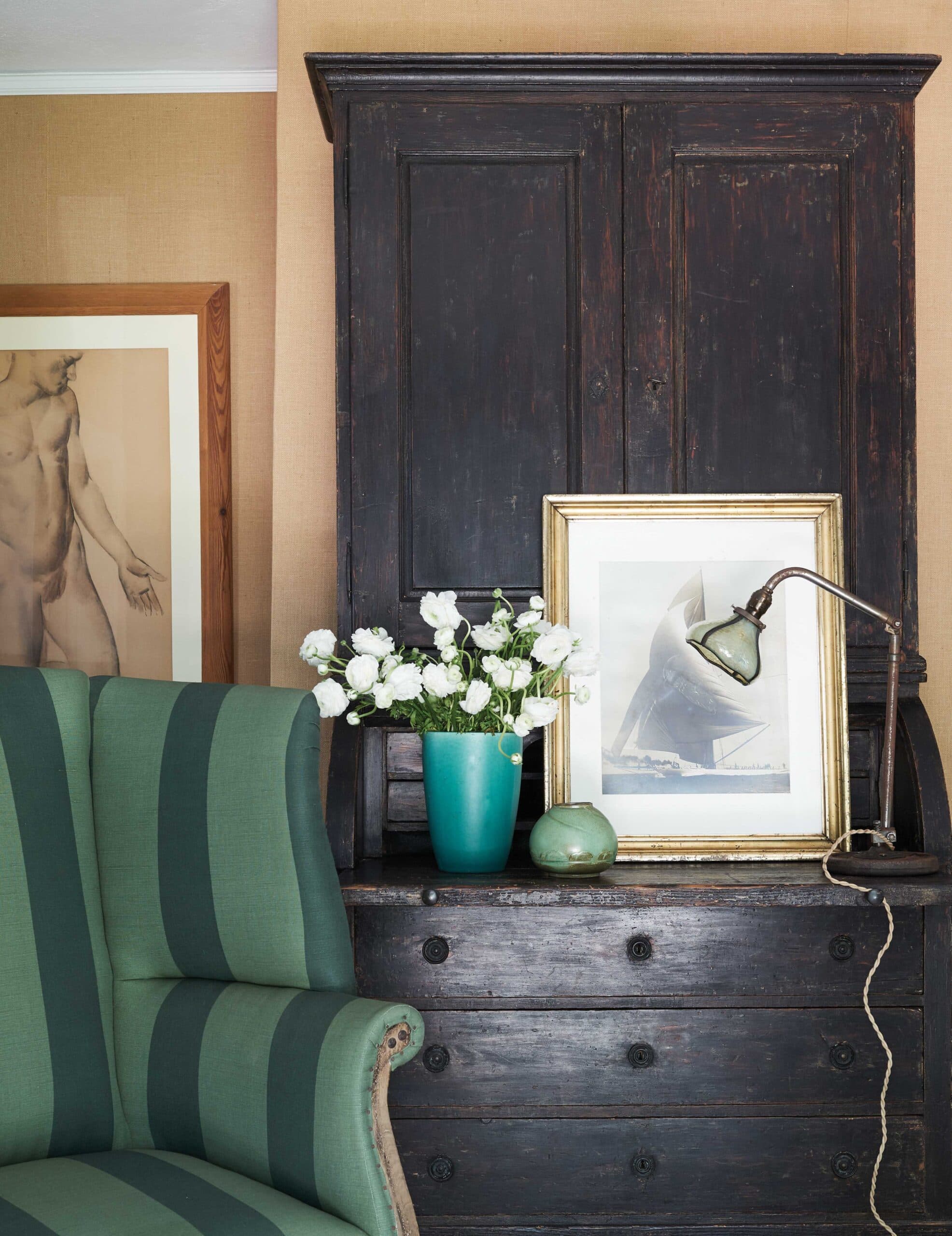
Both the secretary—purchased at Clignancourt in Paris—and Swedish desk chair are 19th-century antiques; the vintage lamp is from John Derian.
BJÖRN WALLANDER
The expensive, functional stuff came first. A burned-out furnace was removed, the house was rewired, existing porches were reinforced, and a new front porch installed. But Paredes was also practical: “I hated the original kitchen but wasn’t ready to invest the money in the version that I wanted. I would have had to rip out the cabinets to replace the linoleum floors, so I just painted them,” he says. Bathrooms, likewise, got simple refreshes. “It’s an old wooden structure—you fill it with tile, it just cracks. I took out the little Home Depot plastic-door shower stalls and cleaned the rooms up.”
As to the house’s decoration, Paredes had a clear sense of direction. When he and Goldfarb first purchased the property, their daughter, Carolina, had just been born. “Suddenly I had a child and had to think about creating a space for her,” he says. (Their second, Sebastian, would join the crew four years later.) “I didn’t want our kids to live in some supercharged house—it had to be an easy, happy place where they can grow up hanging from swings and having sleepovers.”

Paredes brought the living room’s Bielecky Brothers rattan sofa and armchairs from his previous residence in East Hampton and painted the formerly buff suite a dark brown for more warmth. The birds, a collection of Black Forest carvings from Germany, are from John Derian; they’re arranged around a Hugo Guinness drawing and a vintage Long Island Water Authority map from the 1920s. A vintage Dash & Albert rug layered over the sisal adds softness underfoot.
BJÖRN WALLANDER-
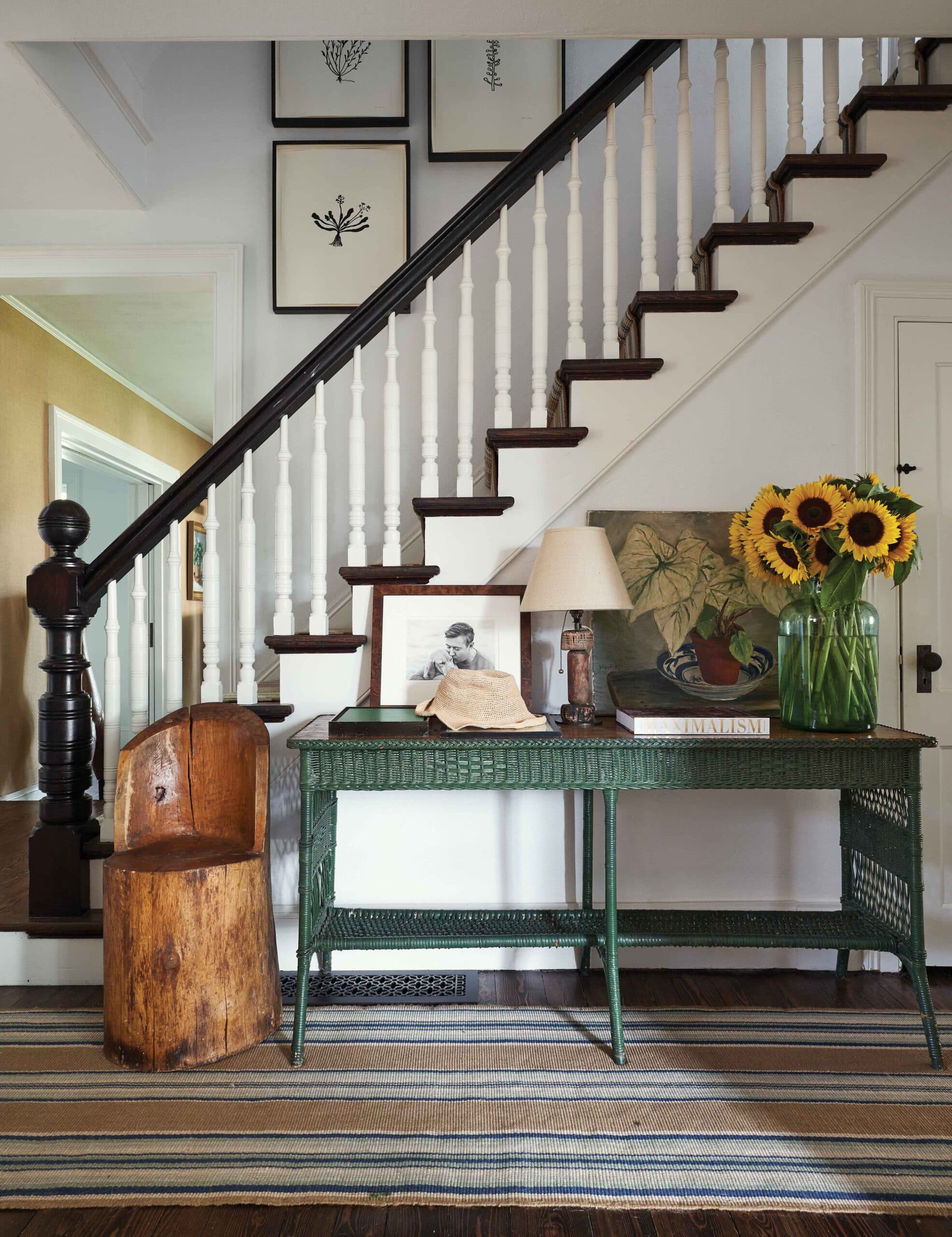
Paredes found the vintage painted-wicker console and tree-trunk chair in Maine, where Goldfarb’s family had a vacation home.
BJÖRN WALLANDER -
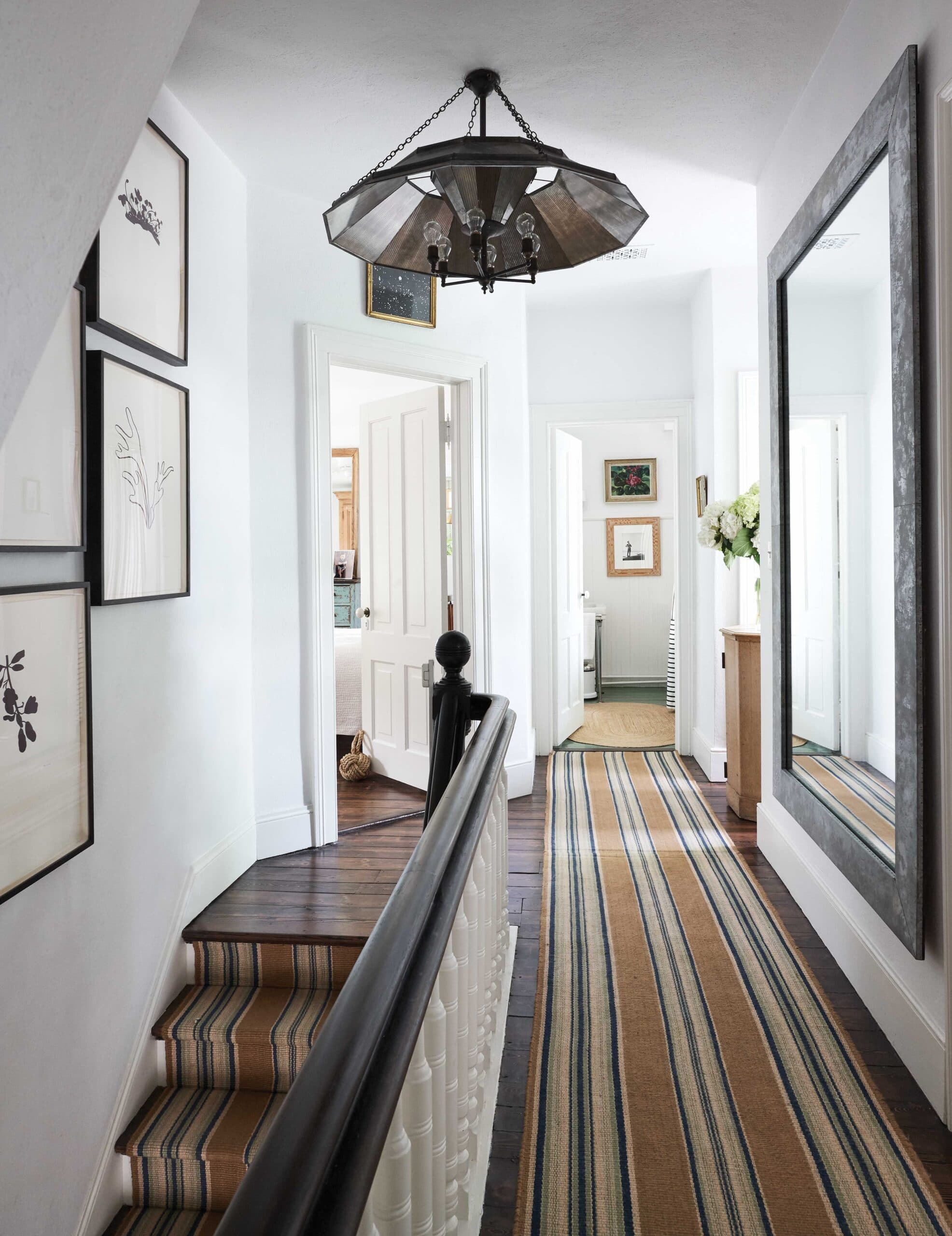
A custom Alfredo Paredes Studio mirror expands a stair landing by reflecting light and bright white walls. The ceiling light is from John Derian and the indoor-outdoor runner is from Dash & Albert. A collection of Hugo Guinness drawings line the stair wall.
BJÖRN WALLANDER
It helped that in his former occupation, Paredes was a professional collector, “always buying props and vintage pieces to cobble together a look or idea.” The house leans heavily on antiques and flea-market finds with a sensibility that’s weathered and attenuated and saves room for whimsy, but where nothing calls too much attention to itself. There is plenty of vintage wicker and rattan, rough-hewn pieces like a 19th-century secretary, a tree trunk sculpture found in Paris, a decoupaged surfboard. “If a kid in a wet bathing suit sits on the couch, it’s no crime. I don’t get bent out of shape if the dog pees on the sisal,” says Paredes. “I just put things back together and move on.”
-
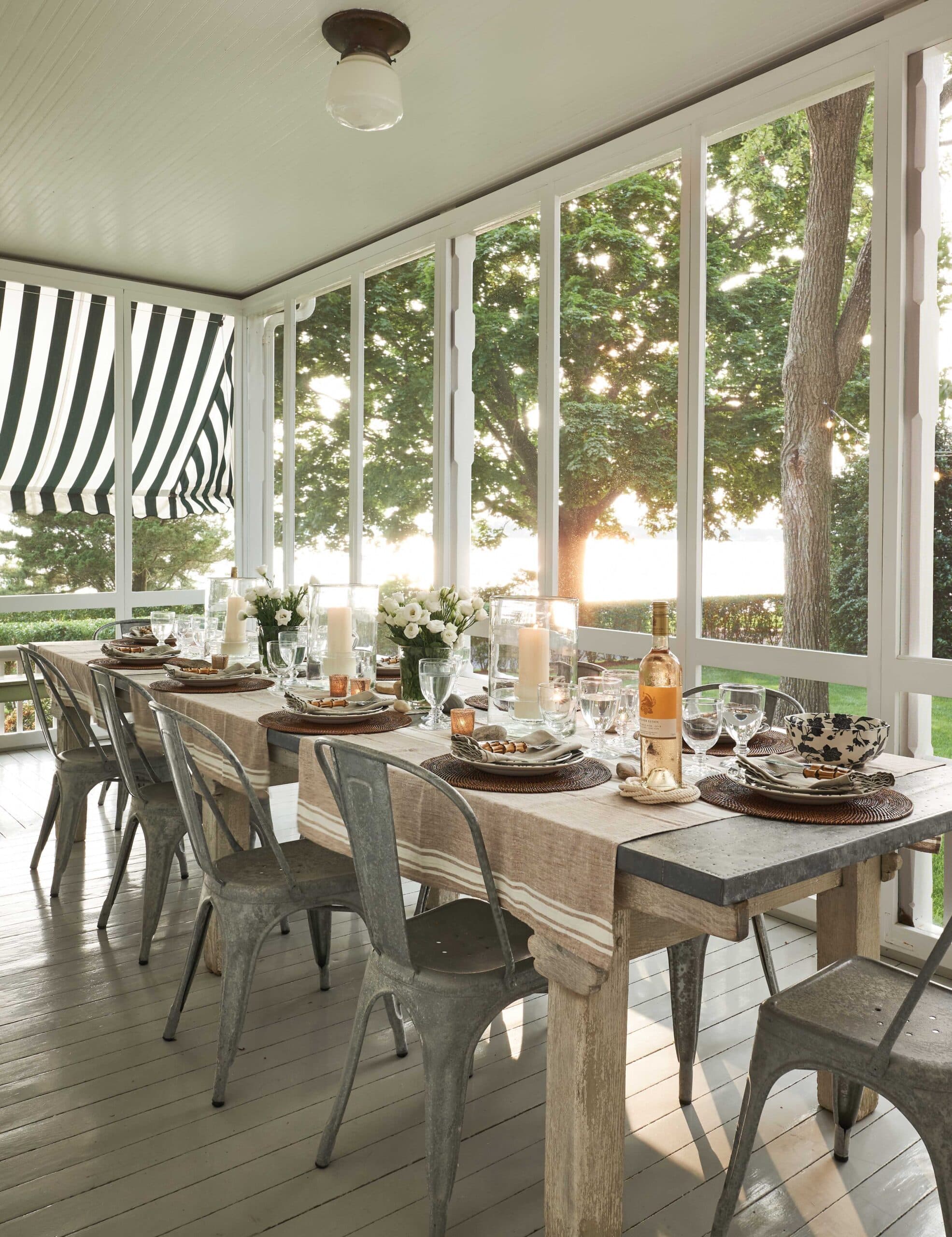
Dinners on the screened porch offer views of Gardiners Bay; the English table is vintage, as are the Tolix chairs; the tableware is Ralph Lauren Home.
BJÖRN WALLANDER -
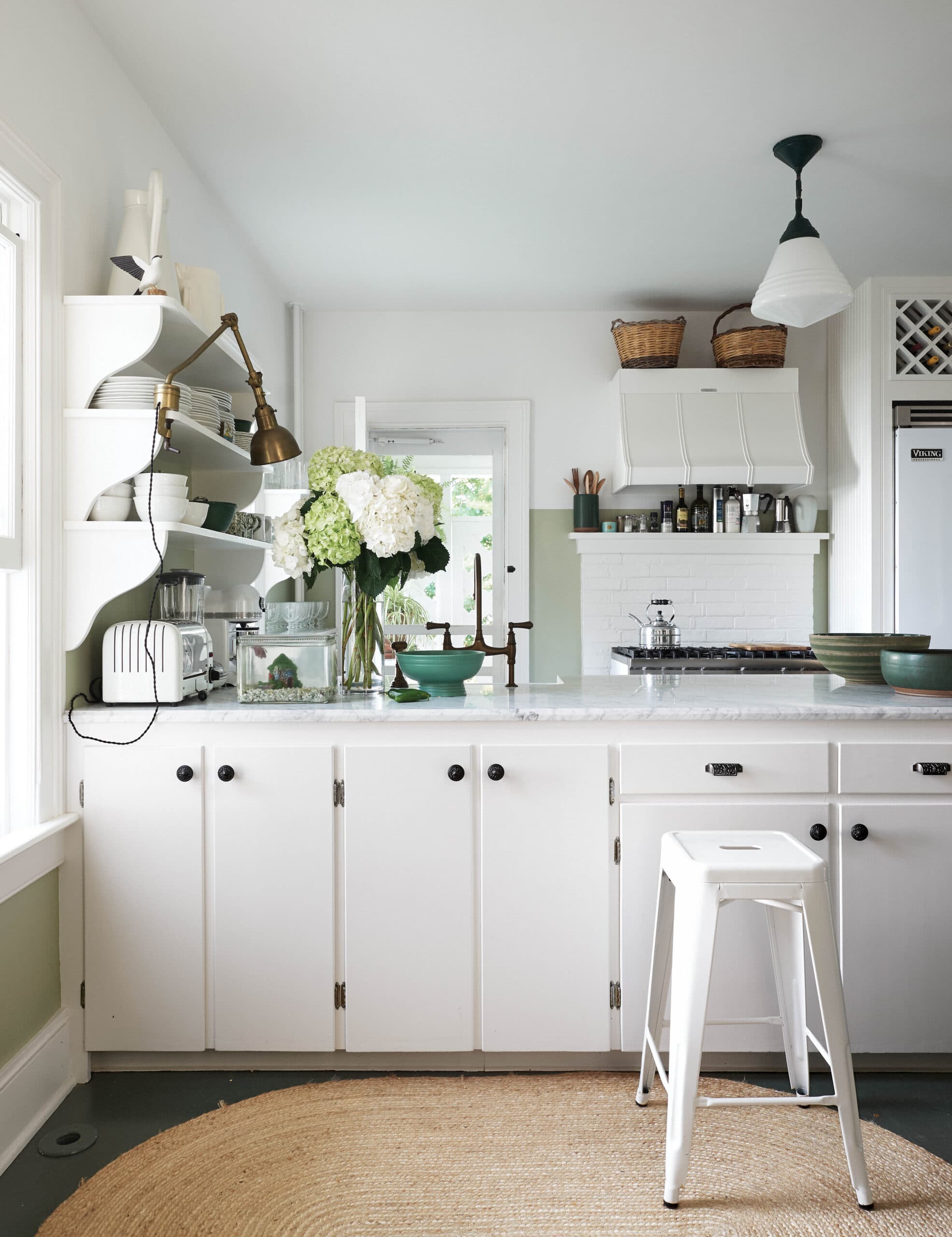
Paredes originally hated the enormous kitchen island, but when he replaced the Formica top with marble, its quirky proportions grew on him; the cabinets received a facelift with a coat of All White by Farrow & Ball.
BJÖRN WALLANDER
Ultimately, the furnishings—expertly curated as they might be— are beside the point. “It’s not about the decorating; it’s about the house and the location,” explains the designer. “The windows still have their original glass, the sun refracts everywhere, and you get that view—all greens and browns and trees and water. You’re on the harbor, watching sailboats drift by, the sun sets right there. I was sensitive to not overdoing it, because it’s the kind of place where you could just put a few fold-out chairs and it would still feel good.”
THIS STORY ORIGINALLY APPEARED IN VOLUME 9 OF FREDERIC. CLICK HERE TO SUBSCRIBE!
